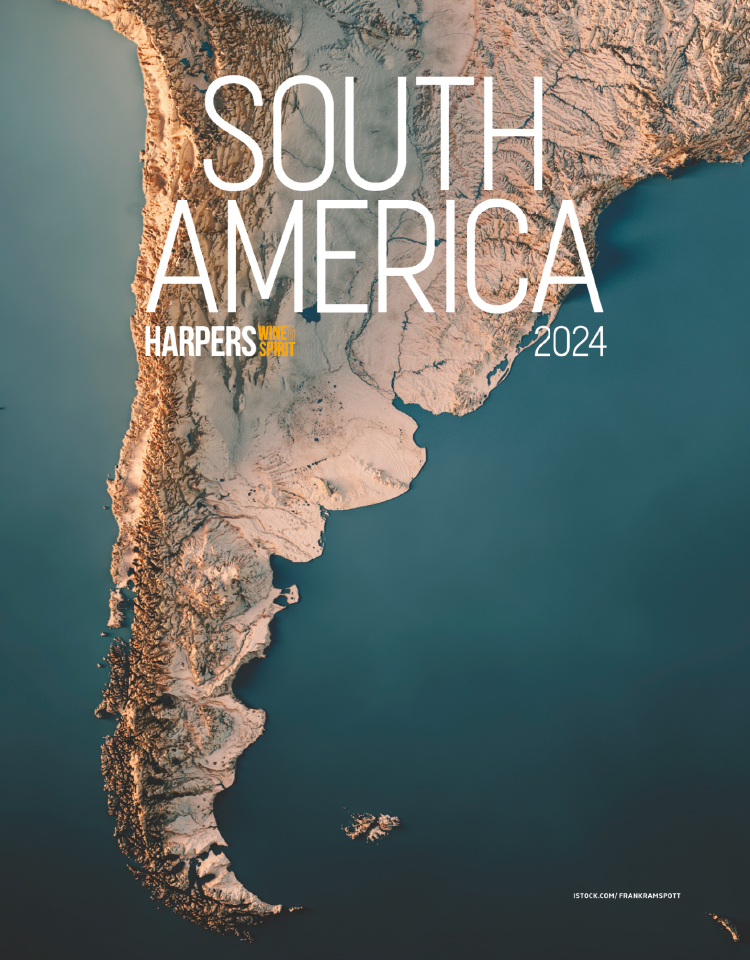
Analysis: Australia's role in global wine shortage concerns
Buy some wine stock and lock the bottles up - a wine shortage may be on the horizon. Morgan Stanley Research released a report titled, "The Global Wine Industry" this week, calling out the risk of an impending 'shortage'.
The report has received widescale media coverage this week and a number of critics have lined up to challenge its findings.
Harpers.co.uk decided to take a look at a few of the key production countries that were reviewed in the report to see what role, if any, they may be playing, in the shortage that may or may not be on the horizon. Starting with Australia.
Buy some wine stock and lock the bottles up - a wine shortage may be on the horizon. Morgan Stanley Research released a report titled, "The Global Wine Industry" this week, calling out the risk of an impending 'shortage'.
The report has received widescale media coverage this week, including here on Harpers.co.uk, and a number of critics have lined up to challenge its findings.
Harpers.co.uk decided to take a look at a few of the key production countries that were reviewed in the report to see what role, if any, they may be playing, in the shortage that may or may not be on the horizon. Starting with Australia.
AUSTRALIA
"Australia saw further progression toward a balance between supply and demand, with ongoing reduction in inventories. This is being driven by continuing vine pull amid a fairly static consumption environment," according the report.
Australia currently is exporting over 65% of the wine it produces and exports account for over 42% of the Ozzie's wine industry's revenue. Overall, wine production in Australia has increased by 1% in the last 13 years and has had three-fold increase in vineyard area in the last 30 years, from the early 80s to 2004.
With such growth in vineyard area and production volume, Australia as a key producer has not been a contributing player in the overall decline in production that the report says is attributing to a possible wine shortage. Additionally, although the top 10 producing countries in the world have declined production since 2004, Australia in that same period has increased production by 4.2%.
Morgan Stanley Research, specifically in reviewing the Australian wine market, said: "Winemaking capacity has reduced noticeably since 2007. Land under vine is at its lowest, almost 20% below peak in 2008. Production is 25% below its peak from 2008."
This is true as the global wine market became flooded with Australian wine and the price dropped for what people were willing to pay for it. If producers can't cover their cost, they most likely won't produce the commodity; it is not that they can't produce it, it just is no longer a moneymaking proposition.
The wine industry in Australia saw exponential growth in production and vineyard planting due to an initiative called Strategy 2025, which was adopted in 1995. This was supported by government expenditures, which were eventually eliminated.
Between 1994 and 2004, Australia's wine grape production increased 2.5-times, equating to an average annual growth of nearly 10%. The strategy quickly found Australia's growth in wine production had outstripped its domestic consumption needs. The target set by the 2025 strategy was the Australian wine industry would generate AUS$4.5B in annual sales by 2025, this goal was surpassed in 2005, and left the Australian wine market with a hangover and needed to release excess wine into the global market at a low price.
Export volumes continued to rapidly grow and by 2006 exports exceeded domestic market volumes. Australia arguably is carrying its share of weight in supplying, if not oversupplying, the world with Australian wine.
Exchange rate concerns
Most recently overall, the exchange rate has had a negative impact on Australian wine exports over the past few years. Australia's exchange rate has been improving significantly do to the natural resources the country has been exporting to China, a country that is lacking in natural resources and needs to purchase externally, some of which largely have come from Australia.
Since mid 2007, the Australian dollar has experienced a continued rise in real value, with an increase of roughly 75%. The AUS/GBP exchange rate in January 2007 was .39375 and in March 2013 it .69254. With the improvement in the AUS dollar, Australian wine has become more expensive to import, which is a headwind the industry has been struggling with.
It is not there is not enough wine, it is simply that it is not at the price that people are willing to pay for it. Ironically, if there were to be a wine shortage moving forward, Australia's wine market would most likely see a rise in exports as it is still positioned to export wine globally and is a big player in the bulk market. Interestingly enough the Morgan Stanley Research report was coincidentally produced by its Australian office.
Keywords:
- wine
- News
- Producers
- Australia
- Sectors
- Asia Pacific Wine News
- Wine Australia
- Analysis & Insights
- Erin Smith
- HWS - Richard Siddle





